With concealed carry and carrying in general, there is a rule for the drawing and holstering your firearm: quick out of the holster, and slow back into the holster. You want to draw the firearm quickly so as to negate the threat quickly, but take your time with holstering your firearm.
There is sound reasoning with this process.
The threat may get back up, re-engage or more threats may appear. Taking your time with the holstering is also a safety precaution, so you can ensure no clothing or anything else prevents you from holstering your firearm.
Once you choose to carry concealed, being prepared in the appropriate techniques is a vital aspect of your firearms training. Take the time to learn the right skills,
We can help. At Scorpion Defense Training, our instructors can provide professionalism and mentoring to help you become confident and proficient concealed carry owner.
We look forward to serving you. Just follow this link
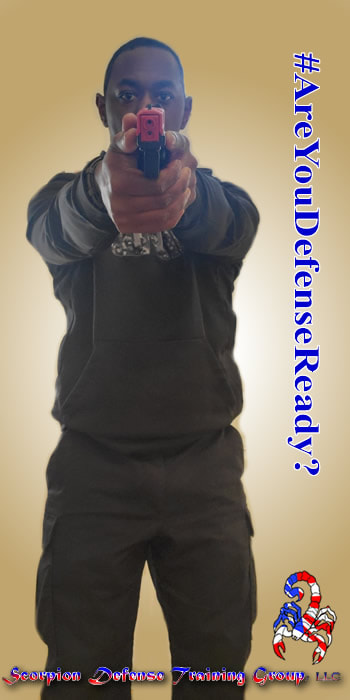
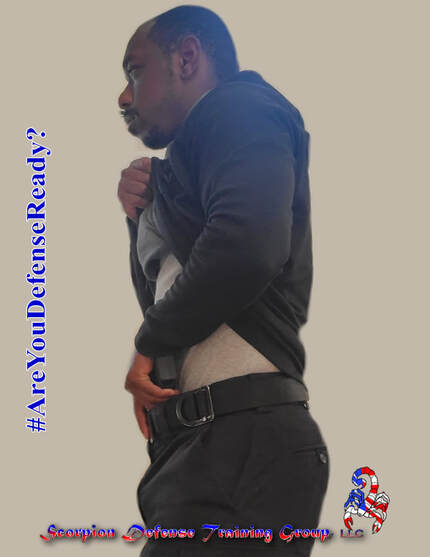
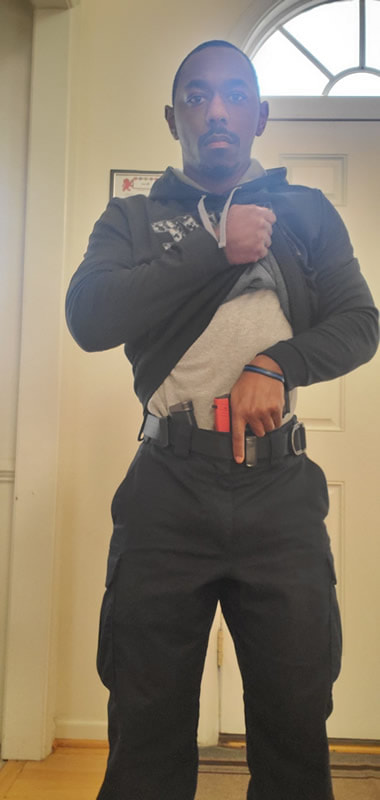
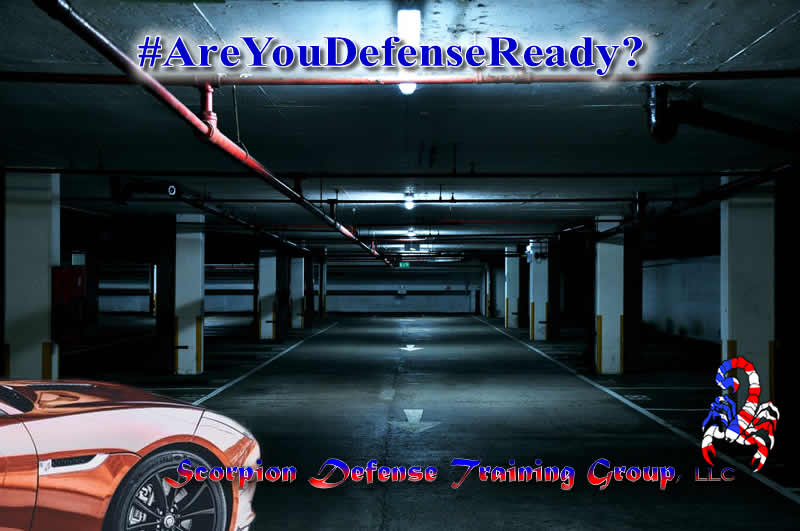

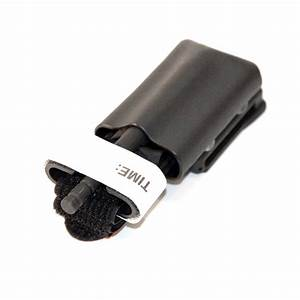
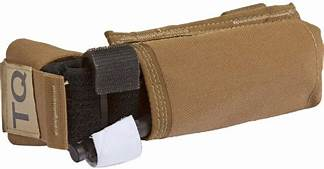
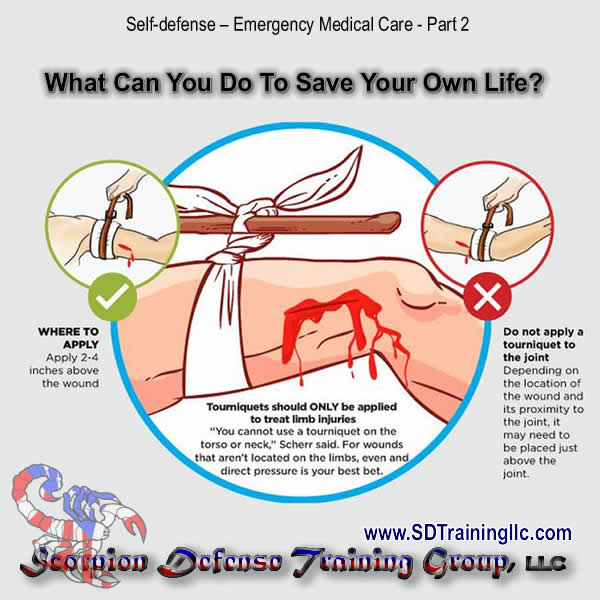
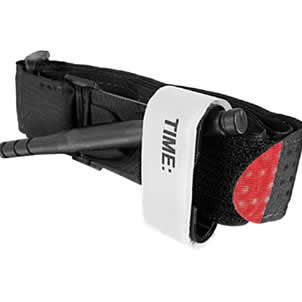
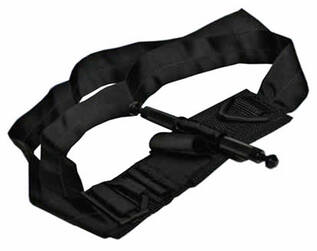
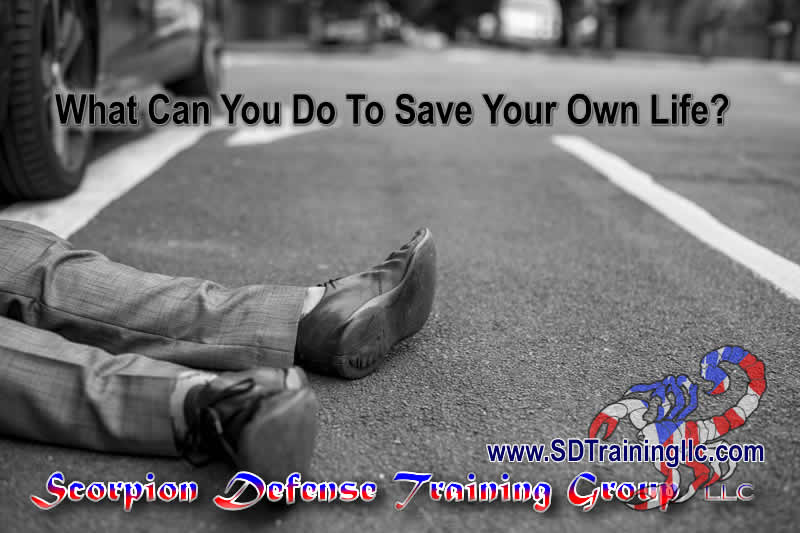
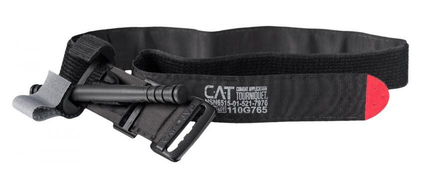
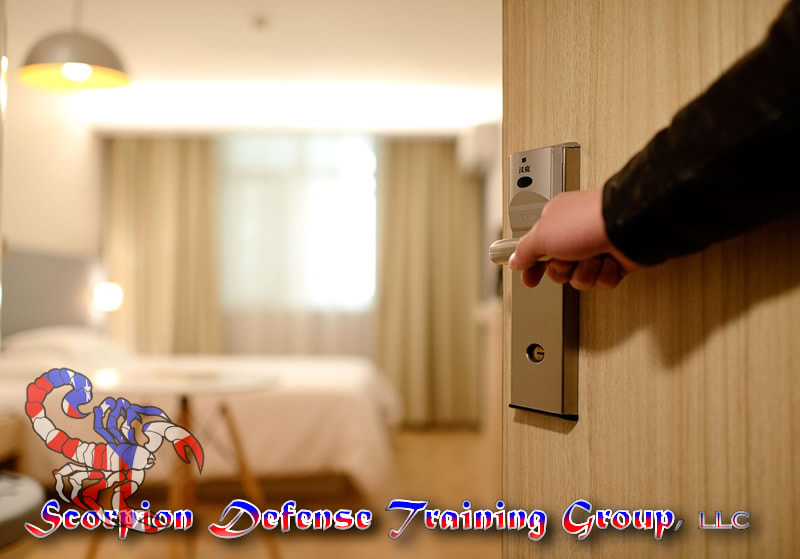
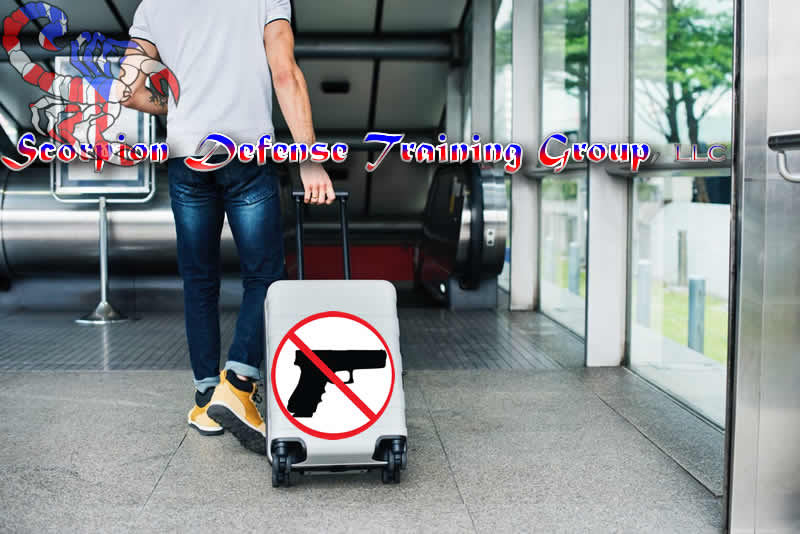
 RSS Feed
RSS Feed


